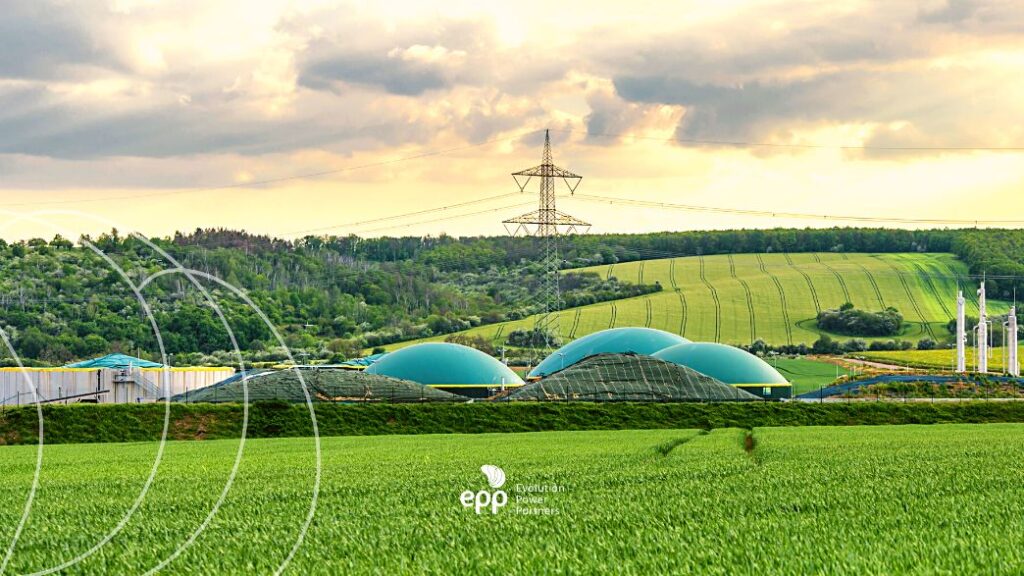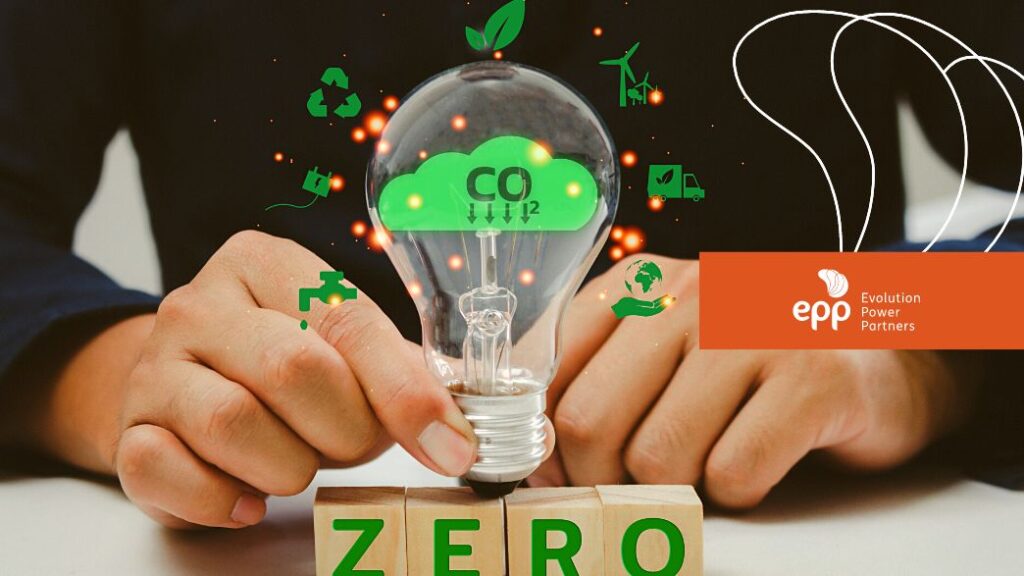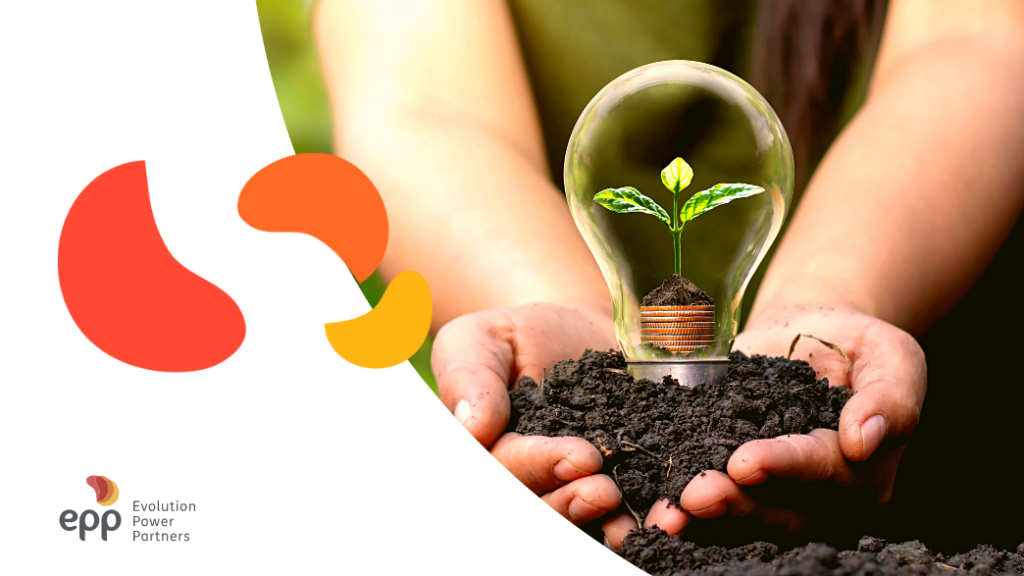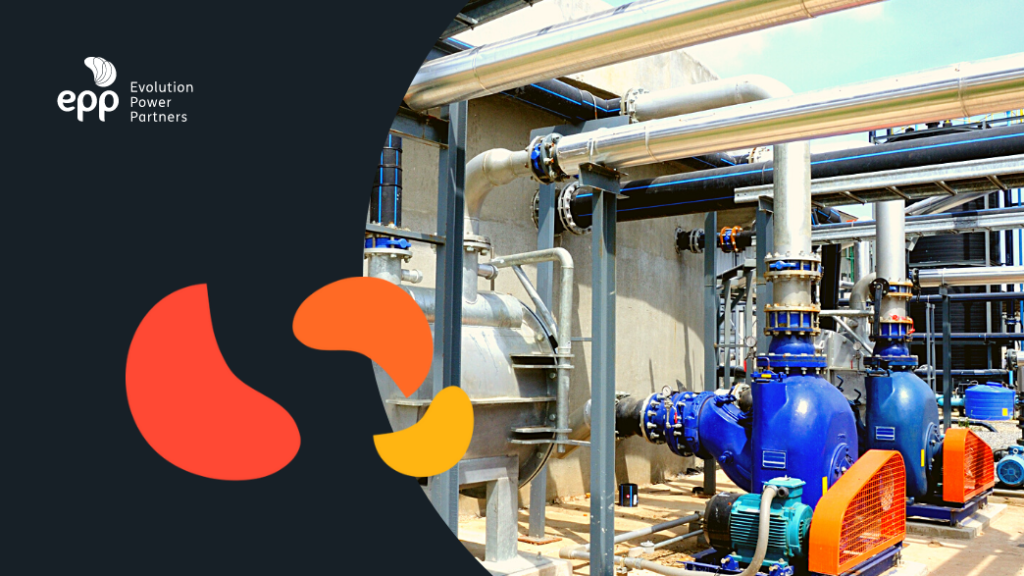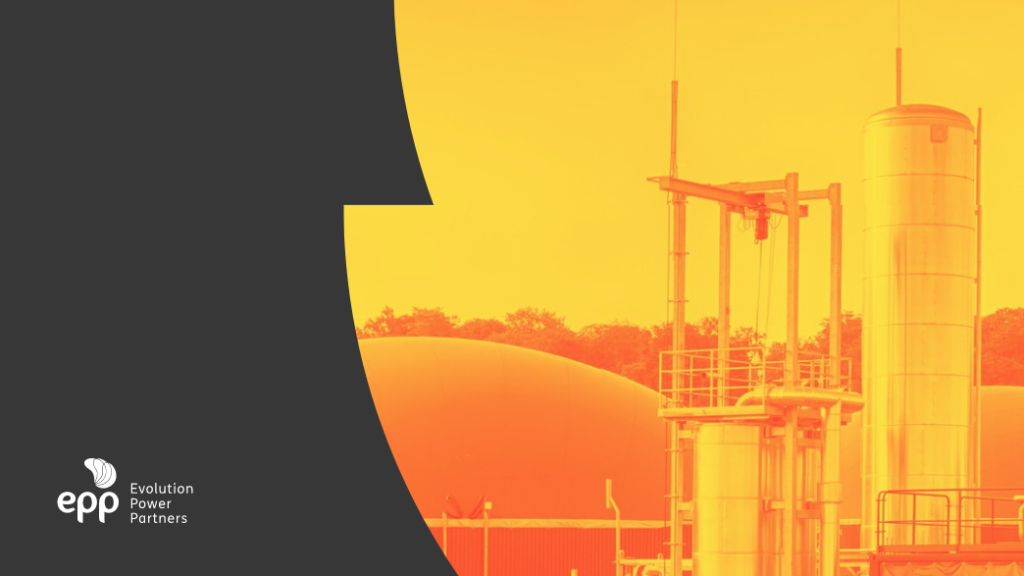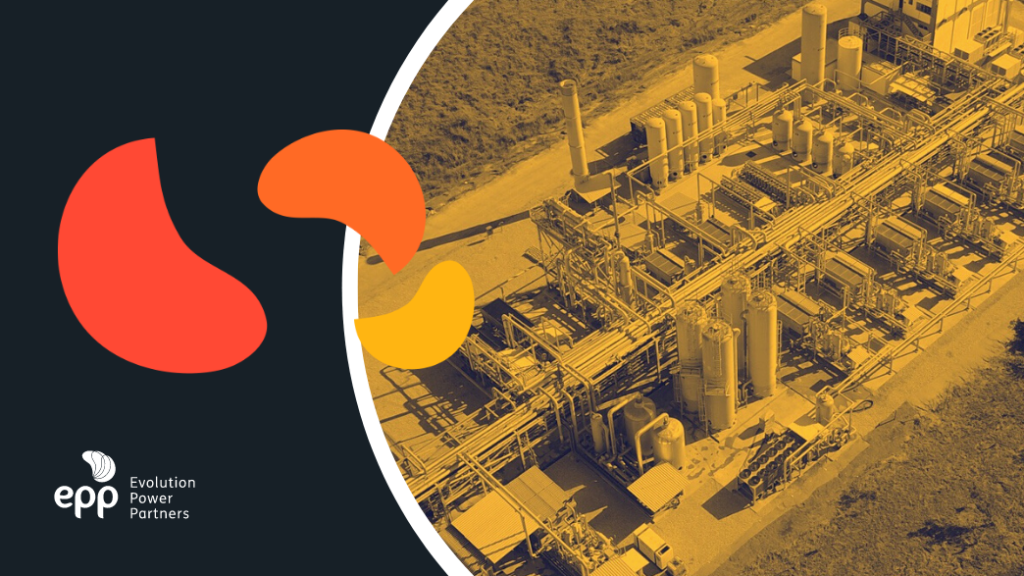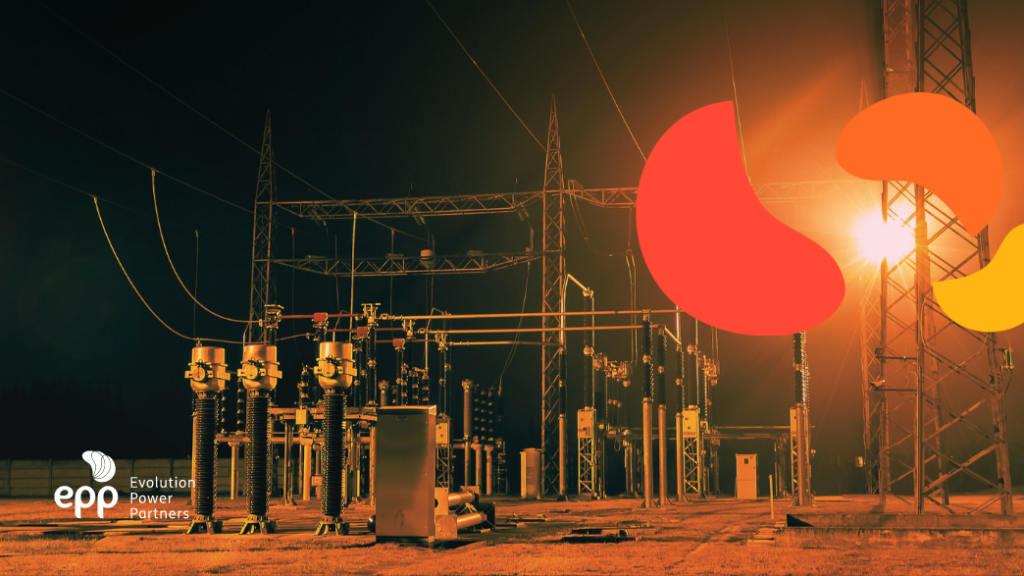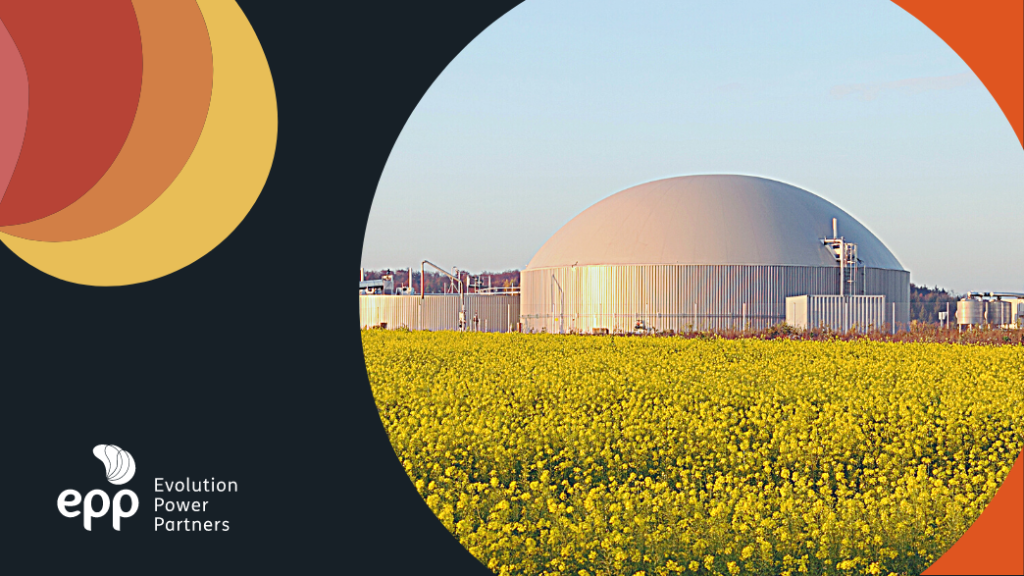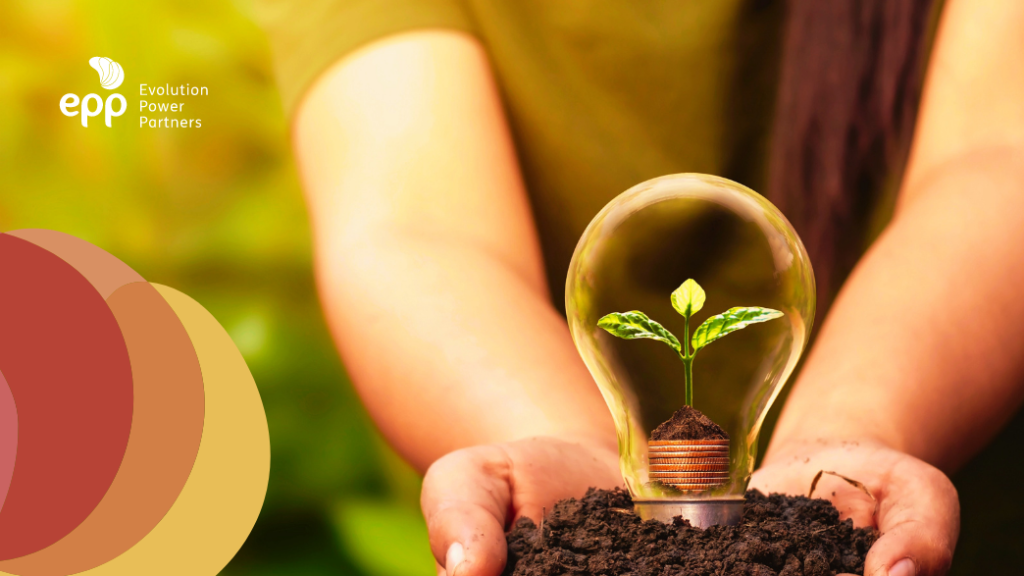In 2022, even with increased energy demand in some countries, emissions from the energy sector are expected to decrease. The data is from the International Energy Agency (IEA) Electricity Market report, which points to a drop in overall global electricity demand of 2.4%. Thus, the values should pull emissions from the energy sector down, pointing to a decline of 0.5%.
Biogas in Brazil is an energy source that has enormous potential, but not yet explored. It is possible to obtain the gas from several sources, such as biomass, organic solid waste from sanitary landfills and animal waste. According to the Energy Research Company (EPE), currently the main source of biogas production is landfills, with 51%, followed by the beverage and food industries with 25% and swine farming with 14%.
To encourage the production of biogas and biomethane in Brazil, the government launched measures for the sector. The actions are in line with the commitments made by the country at the 26th United Nations Conference on Climate Change (COP26) to decarbonize the energy matrix. Currently, Brazil uses only 2% of what it could produce from these fuels. In other words, there is a huge space for development in the area, however, investments and legislation are essential for this growth.
Since the Industrial Revolution, the world's energy system has focused on the use of fossil fuels to generate energy and keep the entire production chain moving. Over time, this dependence has generated global shocks and geopolitical consequences, as countries that own oil wells centralize power due to the need for other nations to buy this commodity.
What is the future of GD in 2022? On January 6, 2022, Law 14,300 was enacted, providing a real change in the distributed generation market. According to the Brazilian Association of Distributed Generation (ABGD), the law will bring legal certainty to contracts and economic advantages, increasing investments and adherence to the model.
